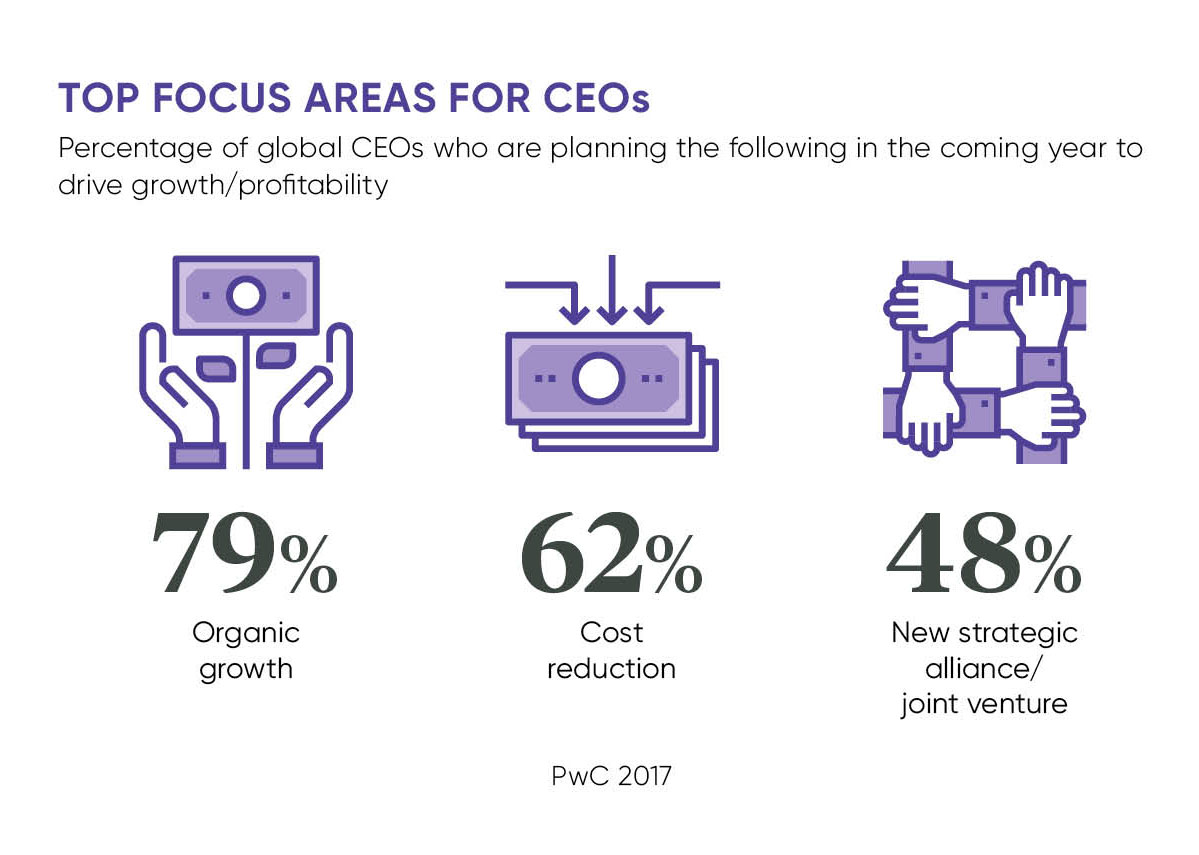Swedish firm Crisp hit the headlines as the company where no one is in charge when it emerged that the software consultancy had sacked the role of chief executive.
The business, which employs about 40 staff, had tried changing its CEO each year based on an employee vote, but eventually decided it did not need a boss at all. It was felt that the CEO’s responsibilities overlapped too much with those of the rest of the board, while other roles could be shared out among other personnel.
But Crisp is not the only organisation to go down this route. Games developer Valve Software and luxury goods group Richemont also rely on consensus to manage themselves without having a single leader at the helm.
So are these just the first tentative steps along the path of the future and is the CEO role ultimately doomed as a result?
Joel Peterson, professor of management at Stanford Graduate School of Business in the United States, believes not. In his opinion, the eradication of the CEO position “makes little sense in the long run” and will remain a rare event.
This is because, in his experience: “The best predictor of success is the leader. They make more difference than any other single factor. Great leaders morph the offering, attract talent, build teams and generate conditions for innovation, risk-taking and growth.”
Head of employment and partner at law firm Burges Salmon, Roger Bull, who is an experienced adviser in board-level restructuring, agrees. He says that he has seen “no appetite” either from stakeholders or the wider market for such a shift.
Organisations are complex and require someone to demonstrate leadership, accountability and responsibility, so the role is critical for those purposes
Indeed, the decision to change a CEO is “up there in terms of the biggest, most strategic decision” likely to be made by any board, he points out.
“Organisations are complex and require someone to demonstrate leadership, accountability and responsibility, so the role is critical for those purposes,” Mr Bull says. “It’s also critical in providing direction and ensuring the rest of the organisation is both aligned behind the company strategy, and understands customer and market requirements.”
In other words, a CEO is “like the conductor of an orchestra as they ensure that all of the parts work in the right way and are aligned”, he adds.
But even though the CEO role is not about to disappear any time soon, that does not mean to say it is not in a state of flux. While in the past the management model tended to be autocratic and based on a command-and-control approach, over the last ten years, it has slowly become less dictatorial and more collaborative.

As organisations have become more complex and technology has affected rapid change at all levels of the business, CEOs have increasingly been forced to delegate authority to senior-level specialists and develop working relationships with a much wider level of stakeholders, whether they like it or not.
“In terms of leadership, where the CEO role seems to come into its own is working effectively as part of a senior leadership team,” says Mr Bull. “So one of the critical elements of the job is building an effective team around you. While this team may not get the profile of the CEO, it’s critical to delivering results.”
But another progressively important focus for CEOs is to understand where change is likely to occur, not least due to the growing importance of technologies such as artificial intelligence, and understand how the organisation should react to make the most of the opportunity and ultimately remain relevant to the market.
Chris Underwood, managing director at executive search firm Adastrum Consulting, explains: “CEOs in larger companies have the complex task of putting the business on a sound footing for the future. That means balancing the legacy that provides the income with investment in the new, while still serving customers effectively.”
But Peter Russian, CEO of Re:markable, formerly Investors in People Scotland, believes that the CEO role is set to transform still further over the next few years. Today, he says, the job of the CEO and wider leadership team is still “largely rooted in the Industrial Revolution”.
As such, it is about directing people towards achieving a series of tasks as quickly and effectively as possible, and then measuring their success using key performance indicators. It’s a situation that has led to the “growth of management at the expense of leadership”, he says.
But the problem with this approach is that, despite an estimated $30 billion being spent on leadership development each year, important measures such as employee engagement, which is measured annually by pollsters Gallop, have shifted little over the last ten years. This situation, combined with ever-increasing customer expectations, has led some organisations to question whether they could do things differently.
“There’s a sense of the CEO role moving towards being a chief enabling officer,” Mr Russian explains. “This involves ensuring the organisational structure and working environment enable people to perform to the best of their potential, and to take more responsibility for delivering the right thing to customers.”
To make this vision a reality, it is vital that both employees and managers understand what the organisation’s purpose, values and overall aims are, and where they fit into them.
“The time the traditional CEO has spent on developing the culture and architecture of the organisation and its people has been way too small,” Mr Russian says. “So we need to shift away from the idea that CEOs take hands-on responsibility for the business’s day-to-day running towards them taking more responsibility for how the organisation is.”
Put another way, the future CEO’s role will increasingly involve “creating an architecture and environment where others are enabled to make decisions, while the CEO works out and crystalises the long-term proposition to help align both people and culture to that”, Mr Russian concludes.

